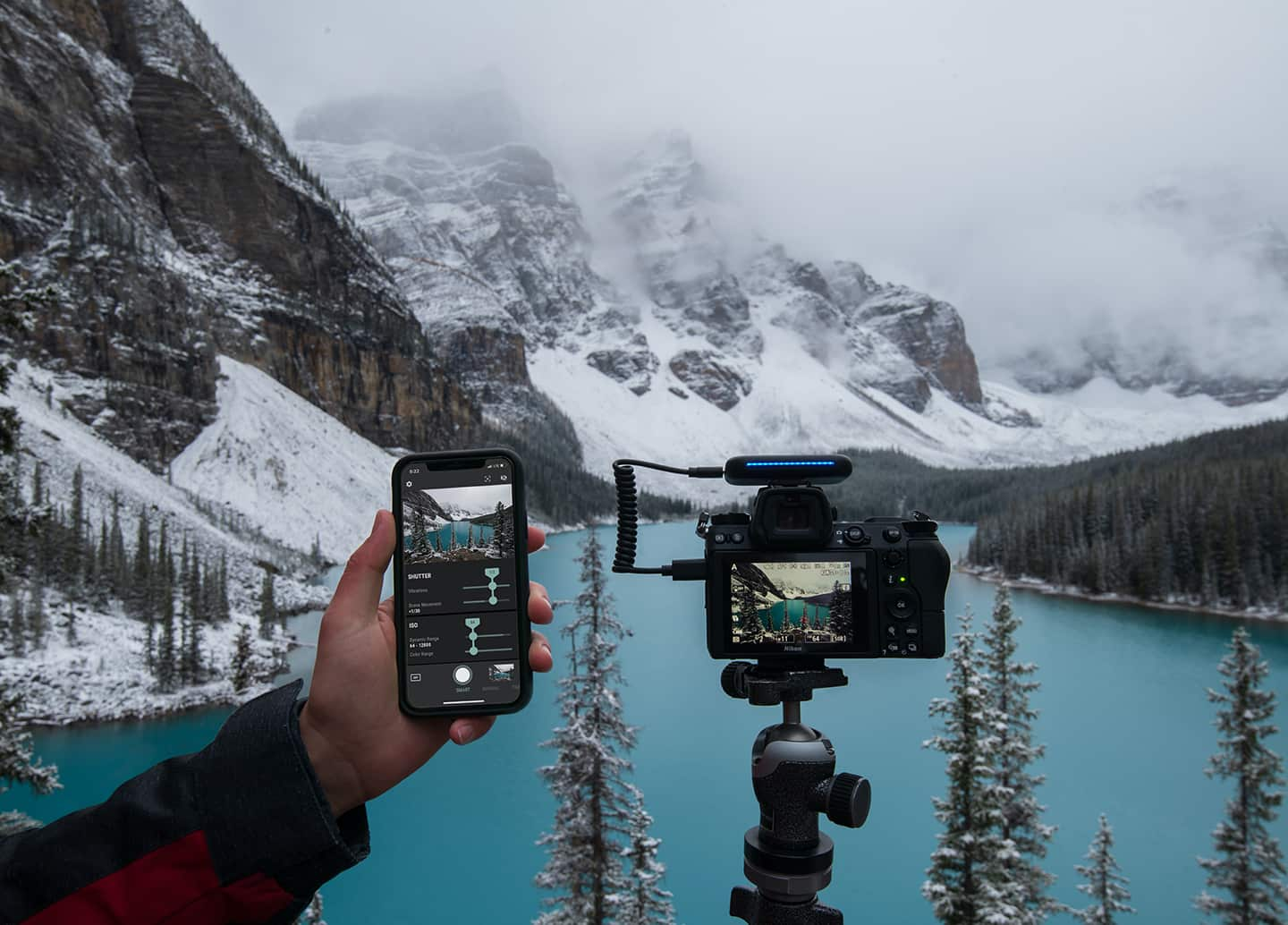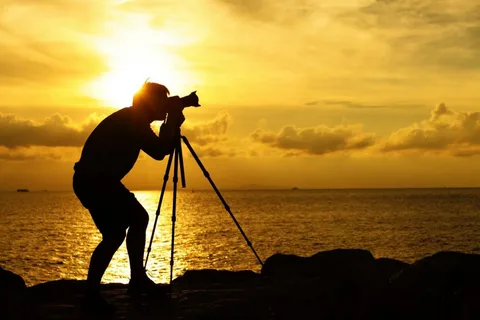In his 1950s short story “The Adventure of a Photographer,” Italo Calvino prophetically captured the essence of a society obsessed with photography, long before smartphones and digital cameras became ubiquitous. His protagonist, Antonino, initially a non-photographer, finds himself caught in the feverish culture of capturing every moment. In Calvino’s tale, people only feel they have truly lived a day once the photographs arrive, transforming fleeting experiences into tangible memories.
Antonino’s obsession spirals when he attempts to photograph a woman named Bice in every conceivable way. He eventually burns out, overwhelmed by the need to document her entirely, which leads to her departure. Left with only images of her absence, he starts layering personal and public imagery, photographing the arrangement as if searching for a deeper truth. His final realization is profound: photographing photographs is perhaps the ultimate form of photography. This conclusion eerily mirrors the way modern artificial intelligence works—using massive datasets of photographs to generate synthetic visuals, often devoid of lived experience.
The Rise of Synthetic Imagery
Today, AI systems are capable of creating entirely new images based on existing photographs. These tools are trained on billions of online photos, allowing them to fabricate photorealistic content that never occurred in real life. The parallel with Antonino’s journey is striking—had he lived in the present, he might have used AI to endlessly recreate Bice in imagined contexts.
AI-generated imagery raises difficult questions. If Antonino could create synthetic nudes of Bice, what ethical lines are crossed? The problem is not hypothetical. Actress Scarlett Johansson has been featured in pornographic deepfakes, and Jennifer Lawrence experienced a traumatic hack that leaked private photos. The implications go beyond personal violations—they highlight the dark underbelly of a world where the image is untethered from consent, reality, and control.
Self-Image and the Filtered Self
While Antonino fixated on capturing Bice’s essence, today’s subjects often take control of their own image through selfies and filters. But this control can become another form of obsession. As Monica Lewinsky once pointed out, filters inherently suggest that the unaltered self isn’t good enough. The act of enhancing photos is often a search for validation through an idealized self-image.
This relentless pursuit of perfection creates a feedback loop: images are edited to match a fantasy, which then becomes the new standard. Unlike the film days when physical negatives offered permanence, today’s digital photos are just templates—alterable, disposable, endlessly reproducible.
Photography as a Mutable Medium
The democratization of photo editing began in the 1990s with Photoshop. What was once seen as deception became a widely accepted form of enhancement. The photograph shifted from being a fixed record to a first draft, subject to revision. This evolution undermines photography’s traditional role as a mirror to reality.
Marshall McLuhan’s maxim, “the medium is the message,” takes on new weight in the digital age. Today’s photographic message is no longer about documentation but manipulation. As software like Google Photos incorporates AI, photos can be altered beyond recognition with a simple click. As PetaPixel noted in 2023, AI can now “completely change your pictures,” allowing users to overwrite the world’s appearance with their personal desires.
The Illusion of Control and the Death of Truth
Modern photography, increasingly guided by AI and software algorithms, constructs fantasy over fact. As Stephen Shankland of CNET described, even clicking a shutter on a smartphone is less a moment of capture and more a computational decision made by software to please the user. The phone composites several images into one, rendering Henri Cartier-Bresson’s “decisive moment” obsolete.
Phillip Toledano, an artist who uses AI to reimagine historical scenes, puts it bluntly: “We’ve come to the death of truth.” His work shows how convincingly AI can fabricate false histories. As he told LensCulture, society must now contend with a reality where every lie can be backed by seemingly solid visual evidence. We are quickly moving toward an age where there may no longer be a shared visual truth.
Billions of Images, Diminished Meaning
With over 5 billion photos produced daily and an average of 2,100 stored on every smartphone, individual images have lost their impact. The sheer volume leads to visual fatigue. The image, once a precious memento, is now just another file in an endless scroll.
Stephen Mayes, former secretary of World Press Photo, argued in Time that digital sensors fundamentally changed photography. Digital cameras interpolate two-thirds of an image, meaning most of what we see wasn’t actually captured but computed. This disconnection from reality marks a significant departure from photography’s origins as a medium grounded in light and optics.
Mayes went further, suggesting that manufacturers disguise this transformation by making digital photos look like traditional photographs. As long as there’s agreement on what reality “should” look like, consumers can be persuaded that they’re seeing objective truth. But, as Geoffrey A. Fowler of the Washington Post pointed out, our cameras now act like AI-powered artists: “Think of your camera less as a reflection of reality and more as an AI trying to make you happy.”
The Spiritual and Political Costs of AI Imagery
The ability to fabricate reality through images has serious implications. Politically, it muddies the waters of truth, allowing misinformation to thrive. Economically, it supports industries—such as beauty tech and social media—that profit from distorting reality. Spiritually, it disconnects us from the tangible world.
In this landscape, we are like minor gods crafting our own universes but unable to affect meaningful change in the real one. We indulge in fantasies while the actual world—filled with injustice, crisis, and complexity—remains unchanged and unseen. AI-generated photos simulate life so convincingly that the real thing no longer holds primacy.
Are They Still Photographs?
So what do we call these billions of synthetic images? Are they still photographs, or have we entered a new category altogether? If photographs no longer require a camera, subject, or even reality itself, then the term may no longer be applicable. The linguistic shift reflects a deeper ontological one—the nature of photography has changed.
As more of our visual culture becomes mediated by AI, the public must develop new literacy around images. Who made it? How? For what purpose? These questions are now essential to understanding the visual world we consume.
Navigating a New Visual Epoch
We are at a crossroads. On one side is a world where photography continues to document and testify. On the other, a world where images are engineered to please, manipulate, or deceive. The challenge is learning to live in both simultaneously.
For all its dangers, AI image generation also holds creative potential. Freed from the limitations of realism, artists and thinkers can explore new visual frontiers. But this potential must be tempered by ethical frameworks and critical engagement. Without them, the line between imagination and deception may disappear entirely.
Conclusion: The Future of Seeing
The story Calvino told was not just fiction—it was prophecy. As photography untethers from its analog roots, it carries with it both promise and peril. AI offers new ways to see, but also new ways to obscure. Whether we can develop the discernment to tell the difference will define not just the future of photography, but the nature of truth itself in the age of digital vision.







